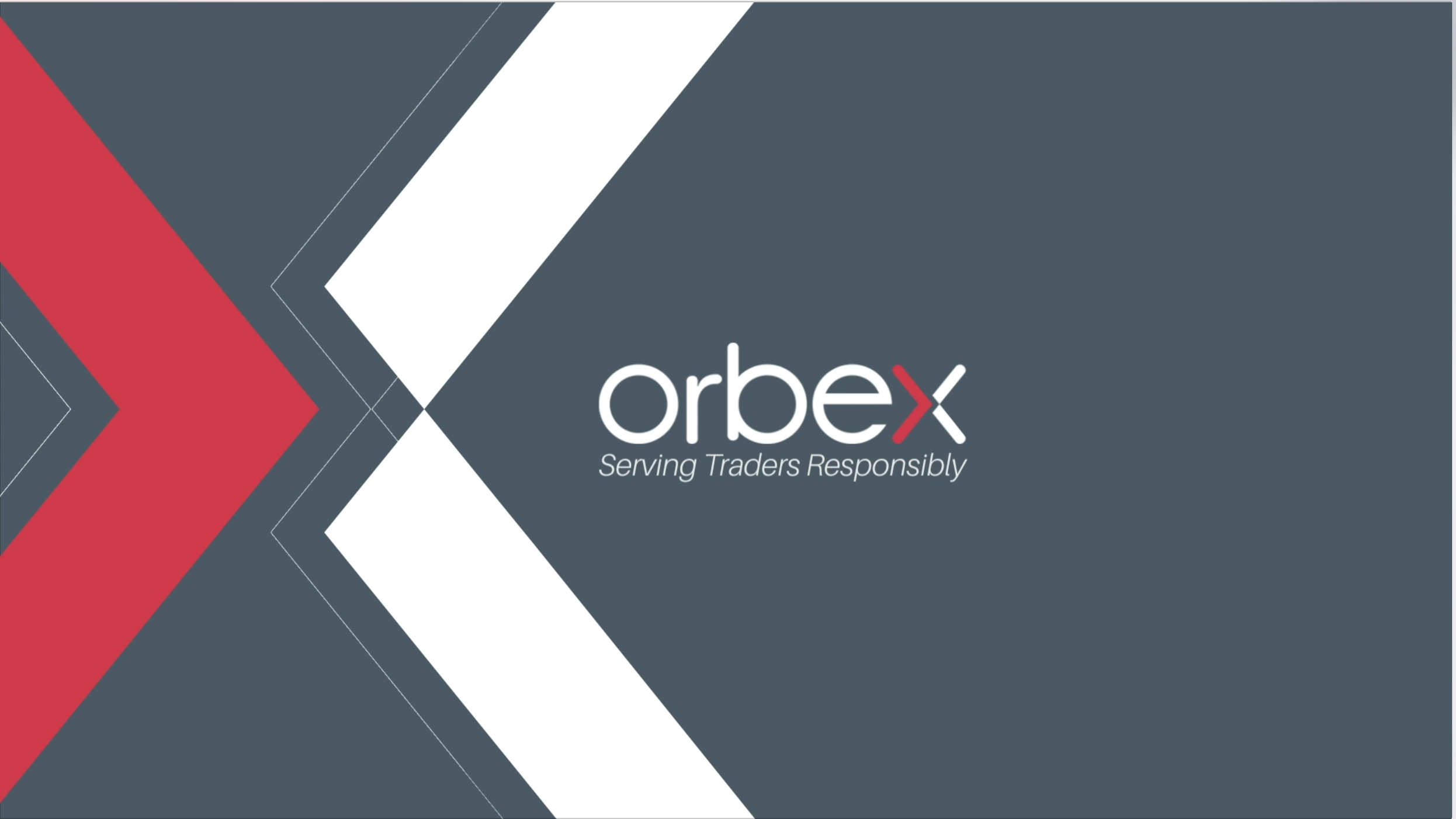By Orbex
The National Association of Realtors will be releasing the US existing home sales report today.
Forecasts show that existing home sales will rise by 5.35 million or about 1.2% on the month ending June 2019.
This follows May’s increase of 2.5%, where existing home sales rose by 5.34 million. But on a year over year basis, existing home sales are down 1.1%.
The gains in May were the first in two months. Therefore, if the data for June matches or beats estimates, it would mark a second consecutive month. The data could also help improve the year over year levels as well.

The existing home sales report measures completed transactions across single-family homes, townhomes, and condominiums. The report also only covers sales of already constructed (existing) homes or units.
Free Reports:
 Get Our Free Metatrader 4 Indicators - Put Our Free MetaTrader 4 Custom Indicators on your charts when you join our Weekly Newsletter
Get Our Free Metatrader 4 Indicators - Put Our Free MetaTrader 4 Custom Indicators on your charts when you join our Weekly Newsletter
 Get our Weekly Commitment of Traders Reports - See where the biggest traders (Hedge Funds and Commercial Hedgers) are positioned in the futures markets on a weekly basis.
Get our Weekly Commitment of Traders Reports - See where the biggest traders (Hedge Funds and Commercial Hedgers) are positioned in the futures markets on a weekly basis.
The uptick in the existing home sales is seen as a reflection of the favorable conditions on the ground. This comes amid falling mortgage rates and with inflation staying low. The outlier remains the wages, of course.
The US labor market went through a downtrend in the months leading up to May. But there was a rebound in June. However, we will have to wait to see the data for July if this rebound is sustainable.
As long as wages outstrip inflation and mortgage rates (dictated by the Fed funds rate) are low or falling, there is a possibility for home sales to rise.
Falling Fed Funds Rate Could See Housing Affordability Rising
In May and June, there was a lot of chatter about the Fed funds rate. It was more evident during these periods that the Fed will cut rates. This, of course, has an impact on the borrowing costs for home purchases.
With the Fed due to cut rates in July and maintaining a dovish outlook, mortgage rates are likely to fall further if the dovish outlook continues.
But the ground reality shows that the housing markets are yet to respond. In a recently released report, US homebuilding activity fell for a second consecutive month in June. Meanwhile, housing permits fell to a two-year low.
The data indicates that housing markets are yet to respond to falling mortgage rates. However, the uptick in existing home sales could start to bring some optimism.
While the housing construction activity is often seen as a leading indicator of recession, data has been mixed. With the Fed pledging to cut rates, this marks a proactive move from the central bank.
Mortgage rates in the US are currently averaging around 3.75%, compared to November last year when mortgage rates rose to 4.94% for a 30-year fixed mortgage.
We could expect to see the housing market data staying mixed in the near term. There could be a lag of up to three months in order for the various indicators to tick higher. But, having said that, the cost of raw materials for construction could dampen the outlook.
There are already higher costs of imports for steel and aluminum raw materials, one of the key elements in housing construction. With the US-led tariff wars, the cost of other materials has also suffered the impact.
Thus, there is a delicate balancing act in the housing markets as it weathers various conditions, ranging from lower mortgage rates, but offset by a higher cost of building materials.
Existing Home Sales Could Improve
In the past, central bank officials reacted to the downturn in the economy. Thus, we could expect to see home buying and construction likely to pick up in the months ahead.
While there is scope for housing activity to decline, for the moment, the prospect of an impending recession is still far off. Thus, the impact of the lower interest rates could help revive home buying sentiment among US consumers.
By Orbex